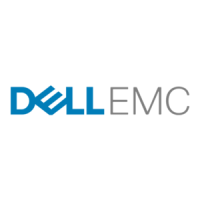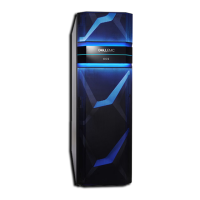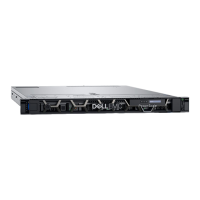Table 41 Third-party rack requirements (continued)
Requirement Category Description
The customer rack should have redundant power zones, one on each side of the rack with
separate PDU power strips. Each redundant power zone should have capacity for the
maximum power load. NOTE: Dell EMC is not responsible for any failures, issues, or
outages resulting from failure of the customer provided PDUs.
Cabling Cables for the product must be routed in such a way that it mimics the standard ECS
Appliance offering coming from the factory. This includes dressing cables to the sides to
prevent drooping and interfering with service of field replaceable units (FRUs).
Optical cables should be dressed to maintain a 1.5 inches bend radius.
Cables for third-party components in the rack cannot cross or interfere with ECS logic
components in such a way that they block front to back air flow or individual FRU service
activity.
Disk Array Enclosures (DAEs) All DAEs should be installed in sequential order from bottom to top to prevent a tipping
risk.
Opening more than one DAE at a time creates a tip hazard. ECS racks provide an
integrated solution to prevent more than one DAE from being open at a time.
Customer racks will not be able to support this feature.
Weight Customer rack must be capable of supporting the weight of ECS equipment.
Use the power and weight calculator to refine the power and heat values to more-
closely match the hardware configuration for the system. The calculator contains the
latest information for power and weight planning.
ECS support personnel can refer to the
Elastic Cloud Storage Third-Party Rack
Installation Guide
for more details on installing in customer racks.
Third Party Rack Requirements
Third-party rack requirements 69

